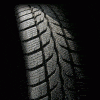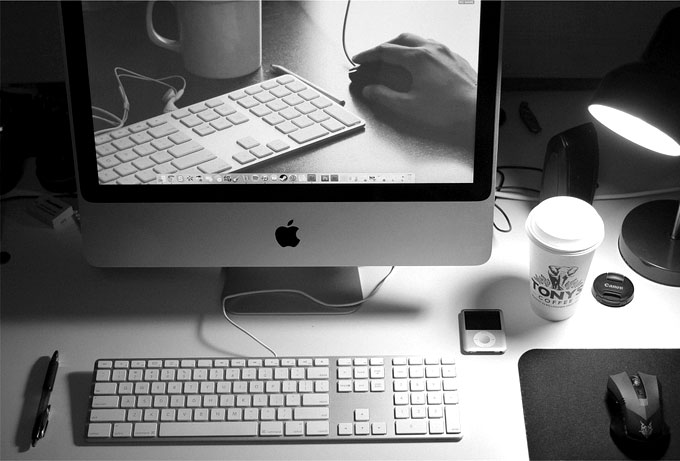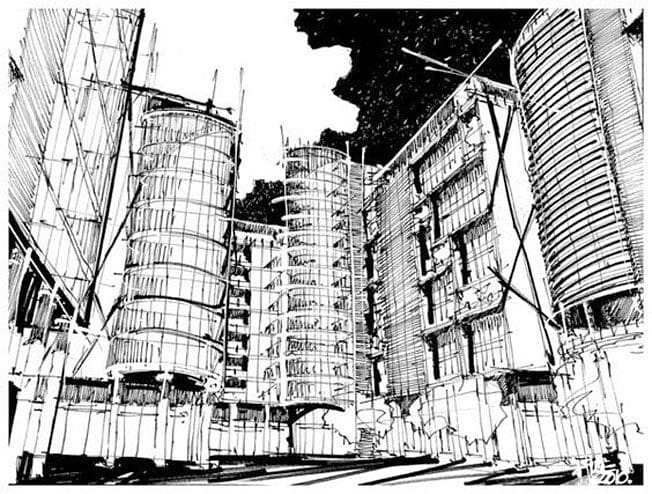Common tyre problems and how to spot them – words Alan Woods
Want to know how to spot common tyre problems? It can really affect your car’s performance so good to keep having a check of your car tyre pressure gauge. Read on to learn more:
Tyre pressure
Do you monitor your tyre’s air pressure? If not, it’s an important step to checking that your car tyres are neither under or over inflated. If tyres are not properly inflated, it could adversely affect your safety on the road.
Under inflated tyres can result in you having less control of your car, with longer stopping distances and a car that is not so responsive to steering, making it difficult for you to handle. Under inflated tyres also wear out more quickly, costing you more in the long run and can potentially lead to your tyres failing. Having tyres which are under inflated will also cost you more in fuel, as they are not so efficient.
Tyres which are over inflated come with problems too, causing you to have less grip on the road and shortening their usability. So, as you can see, it’s in your best interests to check the air pressure of your tyres is correct.
Cracks
Look out for cracks on the sidewall of your tyres as these indicate that their condition is deteriorating, that the material is drying out and giving way. Driving with severely cracked tyres is a potentially dangerous, meaning you could suffer a blowout or tyre failure at any time. So keep an eye on the sidewalls of your tyres and deal with any signs of cracking swiftly. If you are not sure if the condition of your tyres warrants their replacement, then have your tyres professionally checked. They can look for all types of tyre damage.
Bulging
Keep an eye out for whether your car tyres show any sign of bulging. A bulging tire could indicate over inflation, could be the result of hitting an obstruction, or indicate that the interior has failed; bulging could even mean the tyre has a manufacturing fault. Whatever the reason, it is not a good sign and one of the key common tyre faults. Bulges put a strain on tyres and again could cause them to fail, so it’s not safe to drive with them. They’ll make it more difficult for you to handle your car – it’s also not something that can often be repaired – so do look into having them replaced.
Incorrectly aligned
Have you had difficulty handling your car recently? Have you felt it tugging to the left or right? It’s essential that you have your tyres fitted by a professional company such as Wiltshire Tyres, but if you haven’t, then take a look at your car tyres to see if the wear on them is even. If it’s not, it could be a sign that your tyres are not properly aligned.
There are other indications too. Stand in front of your car and look back at it – observing the tyres. Can you see them tilting inwards or outwards? If they do, this could be a sign that they need realigning. It’s what the experts call the ‘camber’ of your tyres. A trained technician would also look at the tyres from above, to see if they are pigeon toed (or not) and the caster too. But the key thing for you to look out for is the wear and tear on the tyre and whether it is even or more prominent on one side.
So there you have a few tips on what to look out for when assessing the condition of your car’s tyres. If you don’t feel confident about undertaking these checks yourself, then ask a professional.
Common tyre problems and how to spot them – words Alan Woods









